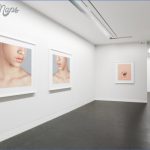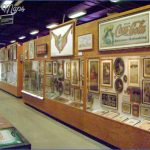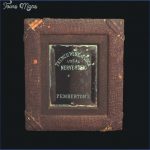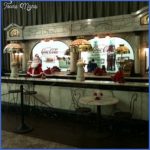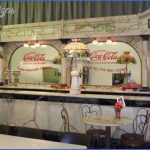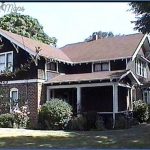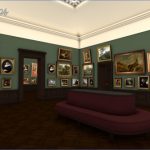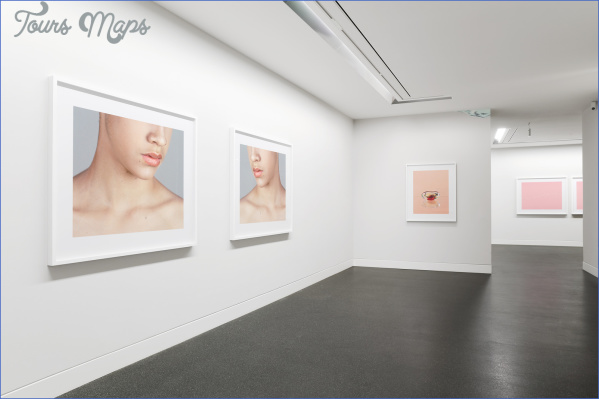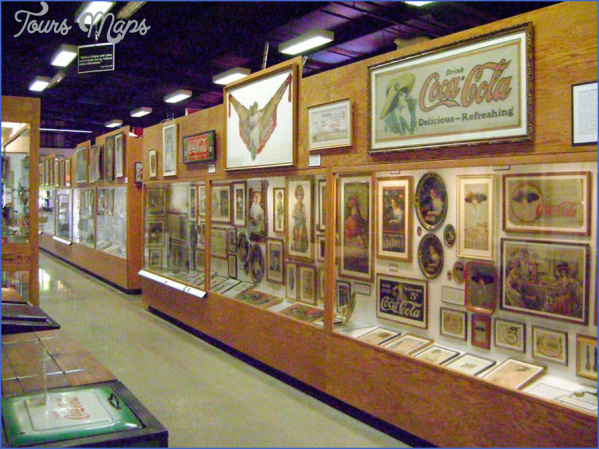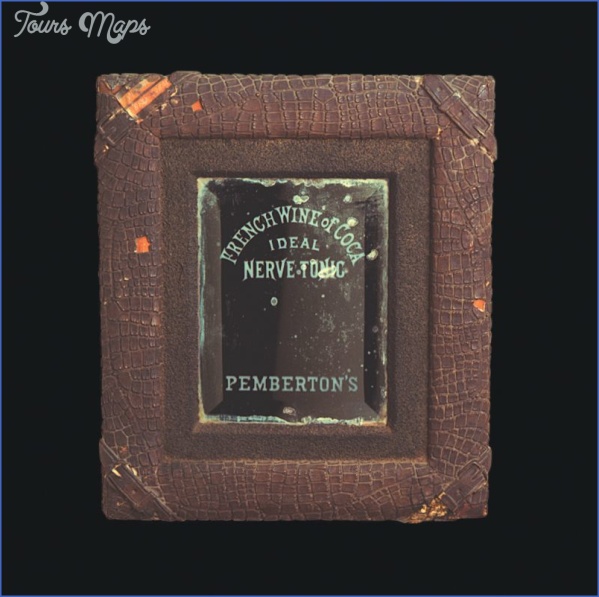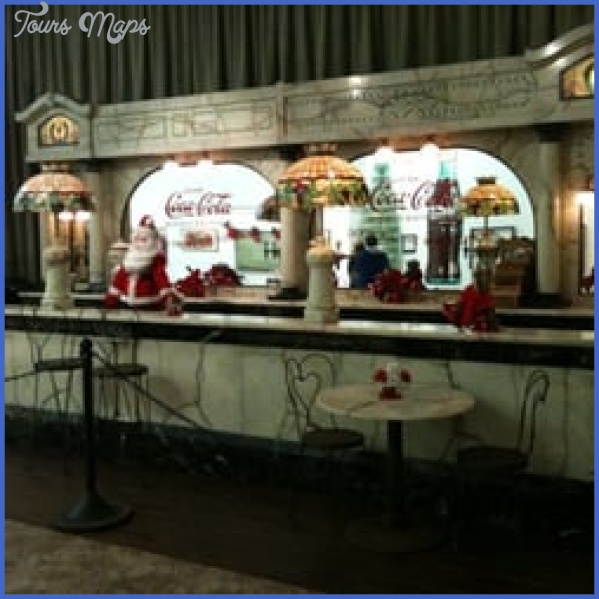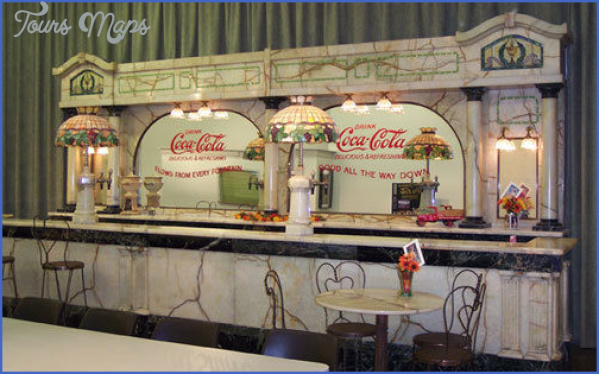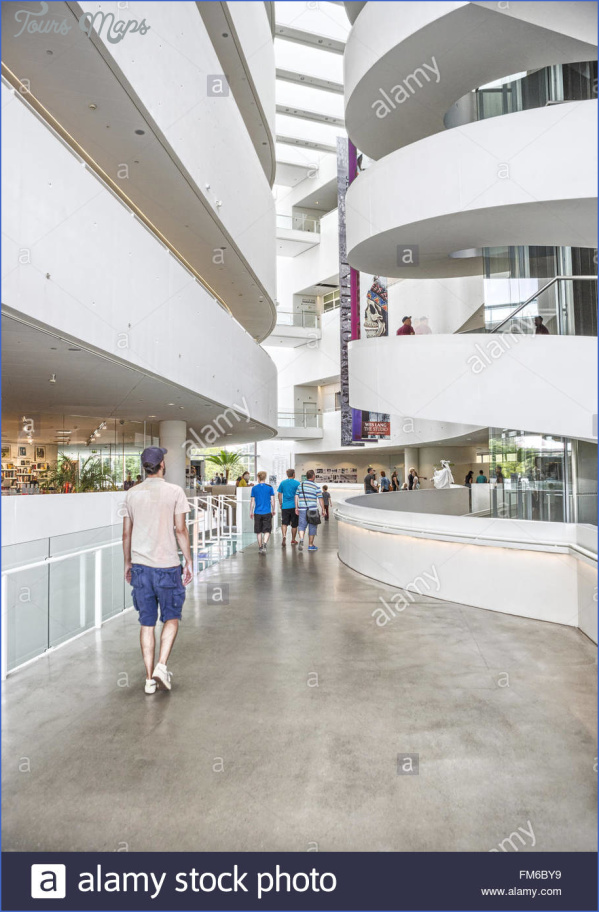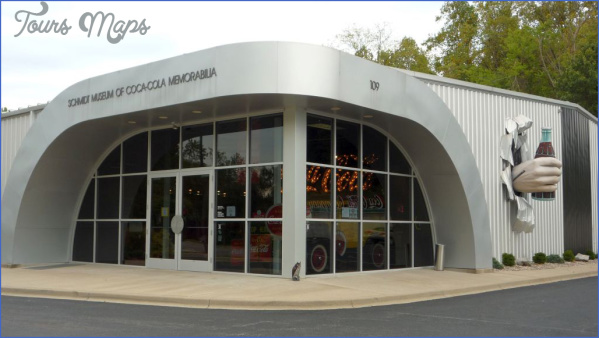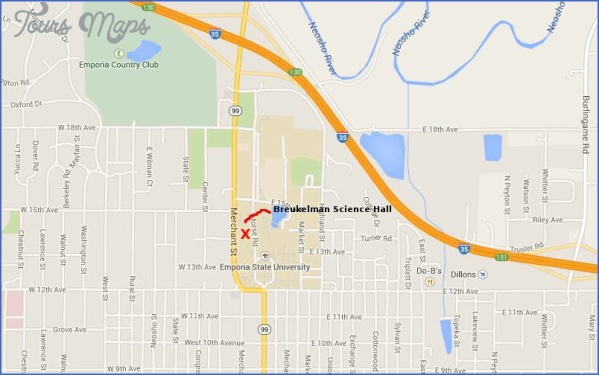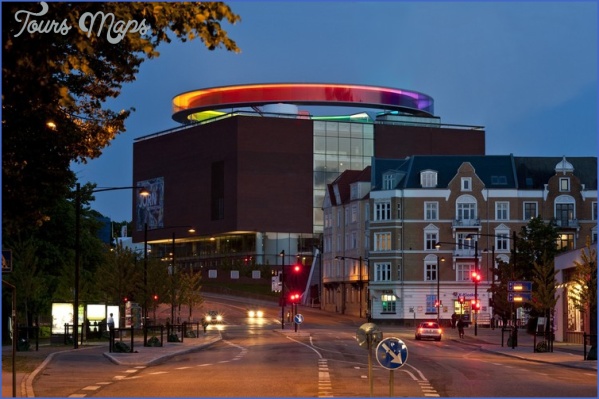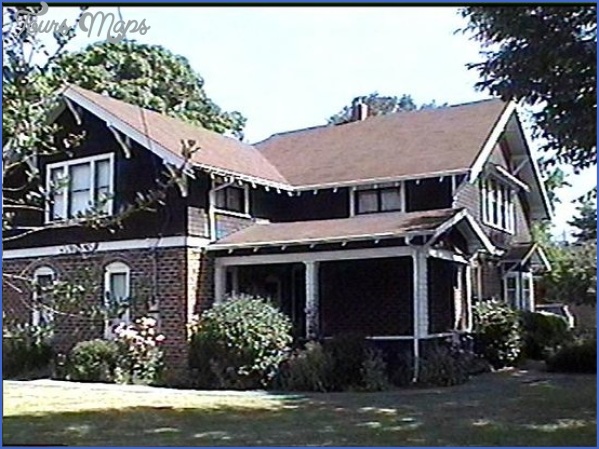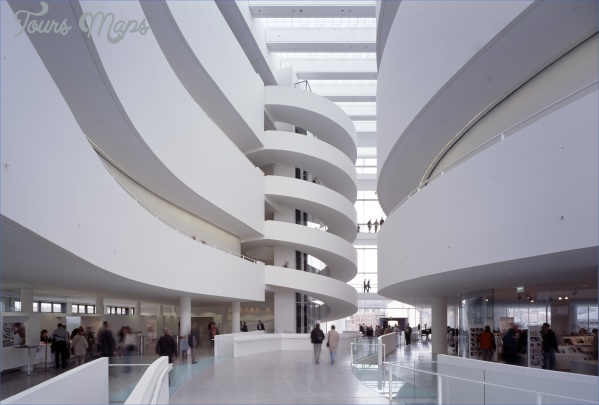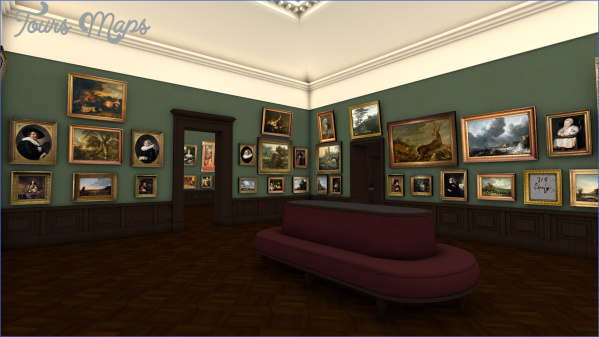SCHMIDT MUSEUM
Franz Schmidt was a revered figure among Austrian composers in the interwar years. Born in Pressburg (now Bratislava) in 1874, he had been a cellist in the Vienna Philharmonic, playing under Mahler at the opera and also with the Rose Quartet; in the 1920s he was director and later rector of the Hochschule and recipient of many honours. He died in 1939 and was buried in the Zentralfriedhof. Musically he is remembered chiefly for his organ music, his symphonies (especially no.4) and his apocalyptic oratorio Das Buch mit sieben Siegeln. Though himself a conservative composer, in the Reger tradition, he was a generous supporter of new music.
Schmidt lived for many years in Perchtoldsdorf, a southern suburb of Vienna. After his death his wife – whose mental troubles led to her being killed in the Nazi euthanasia operation – remained in their large house on the edge of the town, and after that his niece lived there. But in 1997 the house, parts of which had been maintained as they were in Schmidt’s day, was sold; some of the Schmidt materials were then taken to the local music school (in the Knappenhof, a former palace), which bears his name, and two rooms were set up there in his memory.
SCHMIDT MUSEUM Photo Gallery
In the larger of them is his Bosendorfer piano (in playing condition), his desk, a china cabinet, a fine Vienna wall-clock, his armchair and a Jugendstil ‘Hoffmann-Bett’, or couch, on which his body was laid on his death. There is also a death mask and a cast of his right hand. Part of his library is preserved, including his Mahler and Wagner scores, his metronomes, a pack of tarot cards, and several walking sticks. There is a fine drawing by Anton Kardinsky of Schmidt as a cellist, and some of his award certificates are framed on the walls. Of particular interest is a charming woodland painting by Schmidt himself, made on a visit to France when he was 26 and given to a French girl: it found its way back, via Cambodia and Brussels, through the recipient’s nephew long after her and Schmidt’s deaths. Other paintings are the work of his wife.
His wife’s taste pervades the second, smaller room, with its chinoiserie, in the prints on the walls and its furnishings. But there are Schmidt relics here too, among them the iron chest he used for storing his scores, his pocket knife, some china, a picture of the house where he was born, a photo recording the Vienna Philharmonic concert given in honour of his 60th birthday, cigarette holders, pipes and, in an envelope, the remains of his last cigar.
Almost opposite the entrance to the Knappenhof is the house, now shops with accommodation above, in which Gluck lived from 1781 to 1787, which bears a commemorative plaque.
Maybe You Like Them Too
- Explore Doncaster, United Kingdom with this detailed map
- Explore Arroyito, Argentina with this Detailed Map
- Explore Belin, Romania with this detailed map
- Explore Almudévar, Spain with this detailed map
- Explore Aguarón, Spain with this detailed map


